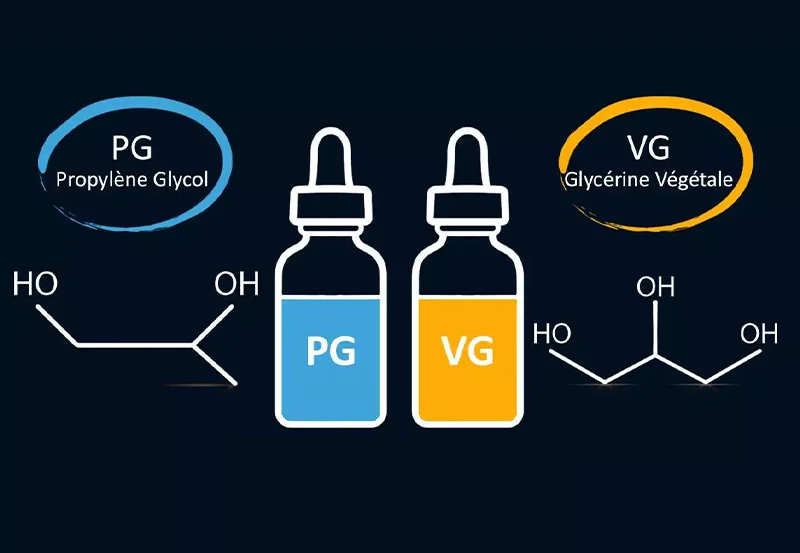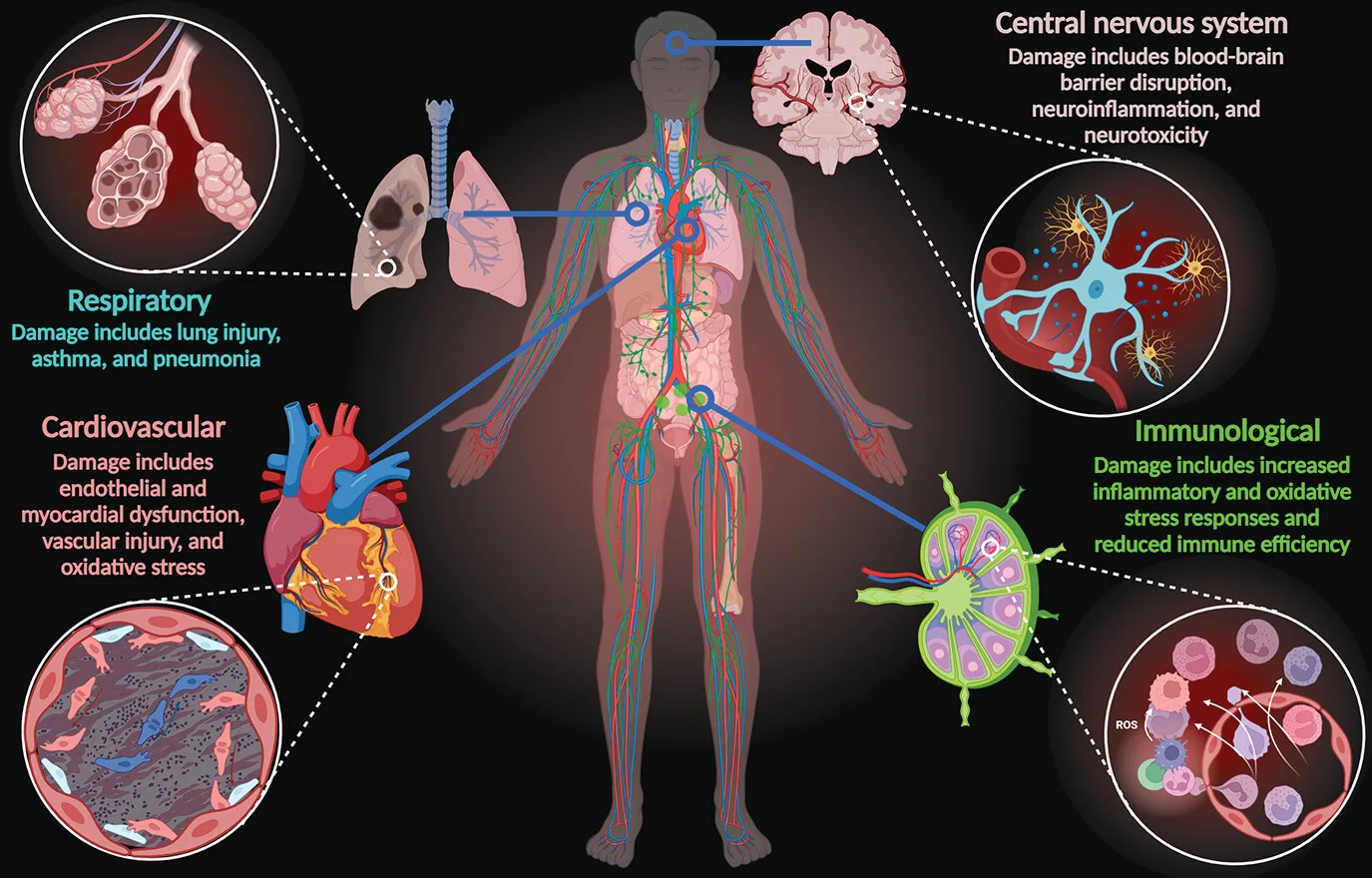
In this category, I will be providing informative articles about vaping education and vaping addiction.
I hope this will help improve your knowledge around e-cigarette and nicotine use, upon which to make an informed decision about whether quitting vaping is the right decision for you – only you can decide.
Understanding Vaping: The Basics
Vaping has gained widespread attention as both a smoking-cessation tool and a lifestyle trend. But how much do you really know about vaping to provide education? While it’s often seen as a safer alternative to smoking, there’s growing evidence that challenges this perception. With millions of people worldwide using e-cigarettes, it’s critical to separate fact from fiction and understand the impact vaping has on health, society, and addiction.
Whether you’re a vaper, a curious smoker looking to quit, or simply someone concerned about public health, this guide will equip you with the essential knowledge about vaping, its potential health effects, and how to safely approach this modern epidemic.
Vaping Education: What Is Vaping
Vaping is the act of inhaling heated vapour-produced by an electronic device into the lungs. Unlike traditional cigarettes, vapes or e-cigarettes don’t burn tobacco. Instead, a liquid commonly referred to as “vape juice” or “e-liquid” is heated to create an aerosol containing various chemicals.
E-cigarettes come in a variety of models, from disposable pods to rechargeable, customisable devices. Though many people believe vaping is less harmful than smoking, they are not without risks.
What Chemicals Are in Vape Juice?

E-liquids vary widely in composition, but most commonly contain the following ingredients:
- Propylene Glycol (PG) and Vegetable Glycerin (VG): Compounds that create the vapour and provide the “throat hit.” Both are considered safe for ingestion but have unknown effects when inhaled over time.
- Flavourings: Often food-grade, but when heated and inhaled, they may release harmful byproducts.
- Nicotine: One of the most addictive substances, used to provide a buzz or satisfy cravings.
- Other Chemicals: Including formaldehyde, benzene, and ultrafine particles—some of which can be harmful to the lungs, have been found in some studies analysing e-Cigarettes and ‘dry puffs’.
Studies continue to uncover potential harms caused by the long-term inhalation of these chemicals, making vaping far from risk-free.
Understanding Nicotine Salts vs. Freebase Nicotine
Not all e-liquids are created equal. The type of nicotine in the liquid significantly affects both the experience and health impact.
- Nicotine Salts: Found in most pod systems, nicotine salts are smoother to inhale and allow for higher nicotine concentrations. This makes them appealing to new users but increases the risk of addiction.
- Freebase Nicotine: Common in larger, refillable vape devices, freebase nicotine provides a harsher hit and is often used in lower concentrations.
Understanding these distinctions is crucial when evaluating the addictive nature of vaping and its potential role in nicotine dependence - this is where vaping education is key.
In the reduction plan on our app, we recommend switching to freebase if you are wanting to quit nicotine using a slow withdrawal plan for these reasons.

Effects of Nicotine on the Body and Brain
Nicotine’s impact on our health is profound and far-reaching:
- On the Brain: Nicotine interacts with receptors in your brain’s reward system, creating feelings of pleasure while reinforcing addictive behaviours. For young users, nicotine can impair brain development, particularly in areas related to memory, attention, and impulse control.
- On the Body: Nicotine increases heart rate, blood pressure, and adrenaline production. Long-term use can contribute to cardiovascular problems, insulin resistance, and a weakened immune system.
Despite its risks, nicotine’s sheer addictive potential keeps users reaching for the vape.
Overview of Vaping Regulations in the UK
The UK enforces strict regulations on the sale and marketing of vape products aimed at minimising risks, particularly to youth. This is monitored by the MHRA (Medicines and Healthcare products Regulatory Agency). Rules include:
- Prohibiting the sale of vape devices to individuals under 18.
- Restricting nicotine levels in e-liquids to 20mg/ml.
- Clear labelling and packaging requirements, including health warnings.
- Banning advertising that promotes vapes to non-smokers or minors.
Even with these regulations, loopholes remain - particularly in the marketing of sweet, enticing flavours designed to appeal to younger ages.
Safe Vaping Practices
While quitting entirely is the best approach, those who choose to vape can take steps to reduce harm, or how to stop vaping safely:
- Store E-Liquids Safely: Keep them out of reach of children and pets. Accidental ingestion of nicotine-containing e-liquids can be fatal.
- Handle Batteries Carefully: Use only the recommended charger and batteries for your device to avoid risks of overheating or explosion.
- Clean Regularly: Ensure your device is properly cleaned and maintained to prevent inhaling contaminants.
Remember, even 'safe vaping' involves risks - the best path is vaping cessation for those who can quit – especially for children and young adults, and never-smoker vapers.
Emerging Technologies in the Vaping Industry
The vaping industry is adapting rapidly. New technologies are on the horizon aimed at tackling the unintended consequences of widespread vape use. For example:
- Detection Systems: Advanced sensors, such as FasTech are being developed to detect vaping in schools, workplaces, and public spaces. These systems could curtail underage vaping and enforce no-vape zones.
- Smart Devices: Devices with adjustable nicotine levels, including DitchPen and usage tracking are being designed to help users gradually reduce their intake and, eventually, quit.
Projections for Vaping and Public Health
The future of vaping carries uncertainty, and vaping education is key. On one hand, innovations could make quitting nicotine easier for users. On the other, the appeal of sleek designs and enticing flavours continues to create a new generation of nicotine addiction. Until long-term health data becomes available, public health experts remain cautious about endorsing vaping, even as a harm-reduction tool.
Fighting Nicotine Addiction Together
Vaping isn’t the harmless habit it’s often portrayed to be. From its addictive potential to its unclear long-term health consequences, the evidence suggests approaching vaping with caution - or better yet, making a plan for cessation.
If you’re struggling to quit or needing support on how to quit vaping, consider joining a vaping cessation support group. A supportive community and expert guidance can double your chances of breaking free for good.
Change starts with knowledge, and knowledge starts here.
